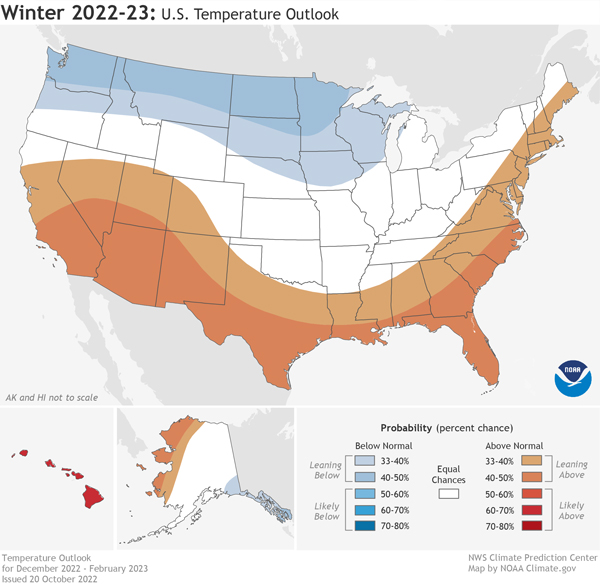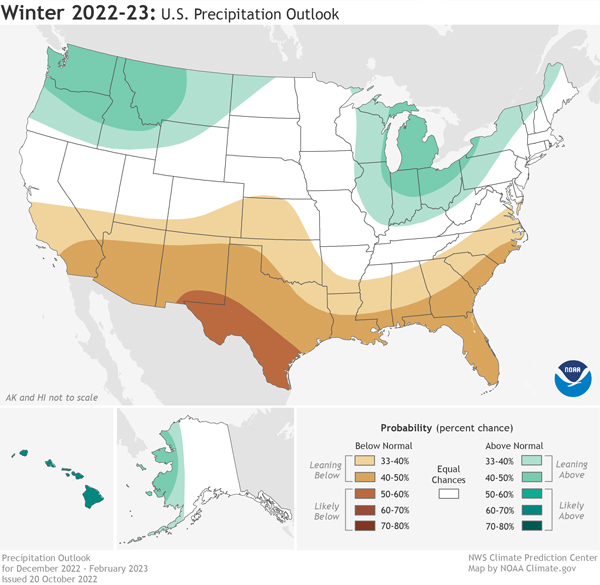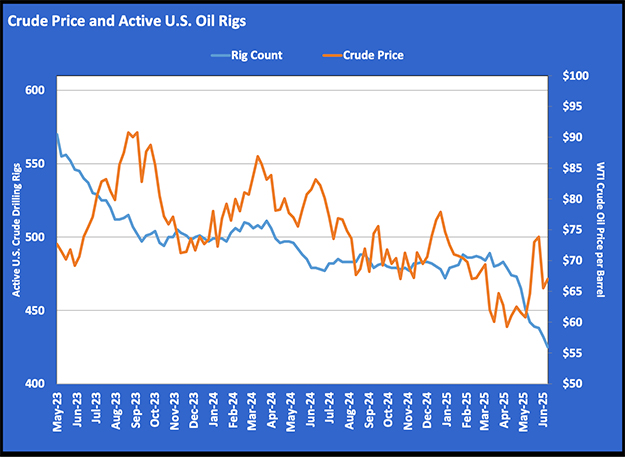Retailers await weather, rail labor strife outcomes
Are you ready? Have you done everything you can to be ready?
Tucker Perkins, president and CEO of the Propane Education & Research Council (PERC), posed the questions to propane retailers last month during National Propane Gas Association (NPGA) fall meetings in Scottsdale, Arizona.
Perkins and PERC have their hands in many parts of the propane market. In his presentation, he touched on the Cummins propane engine in development, a recently held power generation summit and a manufactured housing retailer incentive program.
As Perkins spoke, temperatures outside the Scottsdale Plaza Resort ballroom hovered around 100 degrees. But with fall in the air in many parts of the country, he couldn’t help but remind retailers about preparation – as it relates to propane supply and logistics – for the winter heating season.
So, are you ready?
Rail system stability
Here’s one reason to have your plans (and backup plans) in order. There’s been concern in recent months about the stability of the nation’s rail networks, which play a vital logistical role in the supply and distribution of propane.
A labor dispute between the nation’s freight railroads and tens of thousands of union workers has been ongoing since summer, creating fears about how a strike and railway shutdown would hamper the U.S. economy. In July, the Biden administration intervened by naming members of an emergency board to help bring the sides together.
The parties reached a tentative agreement on Sept. 15, with six of the 12 national rail unions having ratified the deal as of Oct. 24. Two unions rejected it, causing concern that others could follow.
The NPGA has signed a letter from the National Retail Federation, joining more than 300 trade associations, calling on the White House to play an active role in ensuring the stability of the rail system.
Dated Oct. 27, the letter urges the Biden administration “to continue to work with the railroad unions and railroads to ensure that the tentative agreement that you helped broker is ratified by the parties. It is paramount that these contracts now be ratified, as a rail shutdown would have a significant impact on the U.S. economy and lead to further inflationary pressure.”
The labor unions and the Class 1 carriers remain in a “cooling off period” until at least Nov. 19, says NPGA, adding it will work with industry stakeholders to mitigate impacts on the propane industry.
Winter outlooks
Of course, the weather over the next five months will influence propane market outcomes.
Insights from the nation’s weather forecasters and their prediction models can help retailers gauge propane demand in the coming months.
The U.S. winter outlook from the National Oceanic and Atmospheric Administration (NOAA) is still fresh from its Oct. 20 release. According to the report, La Nina will return for the third consecutive winter. La Nina is characterized by unusually cold ocean temperatures in the equatorial Pacific, impacting weather worldwide.
For this winter, NOAA says, La Nina will drive warmer-than-average temperatures for the Southwest and along the Gulf Coast and Eastern Seaboard. Meanwhile, below-normal temperatures are favored from the Pacific Northwest eastward to the western Great Lakes and the Alaska panhandle.
NOAA predicts drier-than-average conditions across the South with wetter-than-average conditions for areas of the Ohio Valley, Great Lakes, northern Rockies and Pacific Northwest.
The report also notes the extreme drought conditions that have persisted across much of the West, the Great Basin and the central-to-southern Great Plains. The western U.S and southern Great Plains will continue to be the hardest hit this winter, NOAA says.
By the numbers
The NOAA report follows the U.S. Energy Information Administration’s (EIA) Winter Fuels Outlook.
While the EIA outlook focuses on forecasted higher household energy expenditures this winter compared to last winter, several propane-related points stood out to us:
- Entering the heating season, the price of propane at Mont Belvieu had dropped to about 87 cents a gallon – 40 percent less than at the same time last year.
- U.S. propane inventories (including propylene) were at the five-year average, but 14 percent higher than year-ago levels, at 84.4 million barrels.
- U.S. propane exports this winter will be greater compared to last winter owing to strong global demand for propane as a petrochemical feedstock as well as more exports to Europe for winter heating, according to the EIA. Exports averaged almost 1.4 million barrels per day during the first seven months of 2022 – the most on record during that period.
The global energy market impacts from the war in Ukraine are certainly worth watching this winter.




















